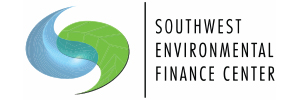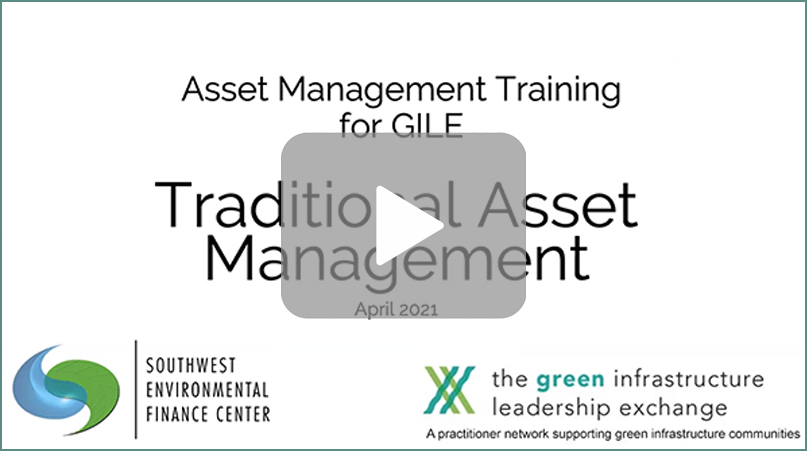Spring Point Partners Infrastructure
Project Brief
One major issue with Asset Management, as it is currently practiced, is its focus on man-made (gray) infrastructure to the exclusion of natural or green infrastructure. If both types of assets are not blended into a single program, opportunities to use green infrastructure to save money, improve the environment, or increase operational efficiency may be lost, or alternatives using green or natural infrastructure may not be given equal weight by the personnel who oversee water infrastructure. Furthermore, green and gray infrastructure are often managed, designed, and/or operated by different entities, governmental agencies, or different departments within a community. This approach has the negative affect of creating barriers to greater implementation of green or natural infrastructure or may prevent individuals from seeing dual benefits to green or natural projects. It is important that communities/utilities consider the holistic picture of gray and green infrastructure to achieve the greatest financial, environmental, and social benefits from their water infrastructure.
If both the green and gray infrastructure were considered in the same Asset Management program, different infrastructure decisions could be made – enabling more green infrastructure investments. A methodology is needed for valuing green or natural infrastructure so that its costs and benefits can be incorporated into Asset Management plans.
For this project, we are integrating green and natural assets into the existing Asset Management framework so that there is one approach that utilities of any size can use. The unified approach will follow the same five core concepts and use the same type of thinking so that utilities who have implemented Asset Management already do not need to start over, but rather, add to their existing frameworks. The goal of this project is to enable utilities to make better, more efficient, effective and environmentally friendly decisions. It will open up additional possibilities and move individuals away from the belief that only concrete and steel solutions can work. It will provide a more expansive view of the types of alternatives that can yield the desired results and the co-benefits that can be achieved.
We have funding from Spring Point Partners to develop a methodology for incorporating green infrastructure into traditional gray Asset Management. This project is broken into three phases:
Year 1: Background research on green infrastructure. Host a convening of experts in the Green Infrastructure and Asset Management fields.
Year 2: Development of an integrated approach to Green Infrastructure and Asset Management. Reach out to utilities that may serve as case studies and beta testing locations. Hold a second convening to receive feedback from utilities and water related groups. Beta test approach on utilities. Develop case studies.
Year 3: Finalize approach. Provide training and outreach services to water utilities across the country. Promote the approach widely at venues, such as conferences, meetings, and similar.
Webinars
Integrated Asset Management Framework
Description: The SWEFC presented a review of traditional asset management covering all five core components: Level of Service, Current State of the Assets, Criticality, Life Cycle Costing and Long-Term Funding. SWEFC staff discussed how green infrastructure was incorporated into the traditional gray asset management framework. Finally, SWEFC staff introduced the framework and demonstrated how to use the online guidebook. The remaining time was dedicated to discussion about the framework.
Presenters: Heather Himmelberger, Hayley Hajic, Dawn Nall

